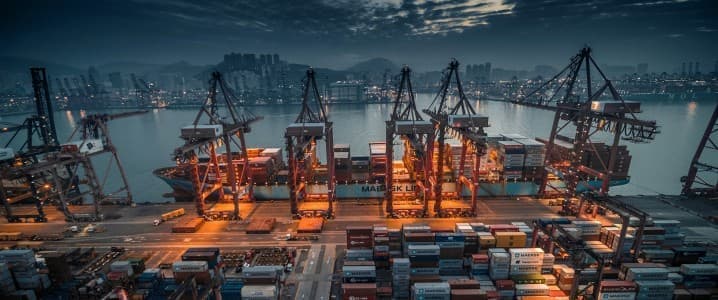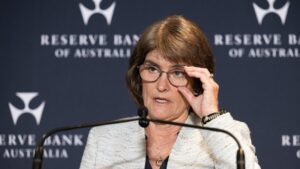
The International Maritime Organization (IMO) has announced a one-year delay in the adoption of its Net-Zero Framework (NZF), prompting significant concerns within the global shipping industry. This postponement allows member states additional time to address critical issues highlighted in a recent study by Rystad Energy, which uncovered substantial gaps in the framework that could affect the transition to sustainable maritime operations.
In-depth research conducted by Rystad Energy’s maritime decarbonization specialists revealed alarming disparities between the anticipated availability of clean fuels and the expected demand. Infrastructure limitations further complicate the situation, raising doubts about the feasibility of the proposed timeline for the transition. The delay offers an opportunity for the IMO to refine ambiguous aspects of the NZF, aiming for a more robust and implementable strategy.
One of the key findings from Rystad Energy was the imbalance in the carbon-trading mechanism. The demand for Tier II Remedial Units (RUs) is projected to exceed available surplus units until at least 2035. This structural deficit could drive trading prices towards the Tier II penalty ceiling, which poses significant challenges for compliant vessels. The research emphasizes the importance of creating an effective reward mechanism to avoid a system that primarily collects penalties rather than incentivizing sustainable practices.
The complexities of decarbonizing the maritime sector extend beyond shipping, linking closely to the broader global transition from fossil fuels to renewables. Insights from Rystad Energy suggest that progress may lag behind the IMO’s expectations due to technological readiness, infrastructure constraints, and the interconnectedness of energy systems. This highlights the need for a realistic approach, as the industry grapples with practical limitations despite its commitment to sustainability.
Critical Findings and Future Implications
Rystad Energy’s analysis indicates that under the NZF, vessels achieving compliance may generate Surplus Units (SUs), while non-compliant vessels will create Remedial Units. The research outlines that by 2028, initial projections show SUs at approximately 40 million tonnes of CO2 equivalent, increasing to 53 million tonnes by 2035. In contrast, RU2s are expected to rise significantly from 47 million tonnes to 234 million tonnes annually by 2035.
The availability ratio between SUs and RU2s will effectively dictate the market-clearing price for exchanges. Rystad Energy forecasts that demand for RU2 offsets will consistently surpass SU supply, contributing to increased trading prices. The anticipated market dynamics could position SU prices near the Tier II penalty level of $380 per tonne of CO2 equivalent, excluding transaction costs.
While surplus units are expected to offset Tier II penalties until 2030, this mechanism may inadvertently limit the financial incentives for early adopters of zero-emission technologies. A pivotal change is anticipated in 2031, when surplus units become scarcer, compliance requirements tighten, and shipping companies face mounting emission deficits. This shift could lead to a significant rise in penalty collections, bolstering the Net-Zero Fund’s capacity to support decarbonization efforts.
The research further highlights potential challenges, particularly concerning the two-year limit on banking surplus units to avoid diluting future emission-reduction efforts. This limitation contrasts sharply with the FuelEU Maritime regulation, which allows for permanent banking. Financial projections indicate that combined penalties from Tier I and Tier II could generate around **$13 billion** by 2028, escalating to nearly **$79 billion** by 2035.
As the IMO continues to refine the NZF, Rystad Energy emphasizes the necessity of designing a reward mechanism that effectively encourages the industry’s transition to zero-emission vessels. The framework must focus on driving meaningful emissions reductions rather than accumulating surplus funds.
Junlin Yu, vice president of supply chain research at Rystad Energy, underscores the importance of a well-structured NZF. “The fund should catalyze the industry’s shift towards zero-emission shipping,” he stated, highlighting that careful planning is essential to ensure that the rewards are meaningful and incentivize the adoption of clean technologies.
As the shipping industry navigates these challenges, the IMO has a critical opportunity to create a more effective and equitable framework that supports the transition to a low-carbon future.






